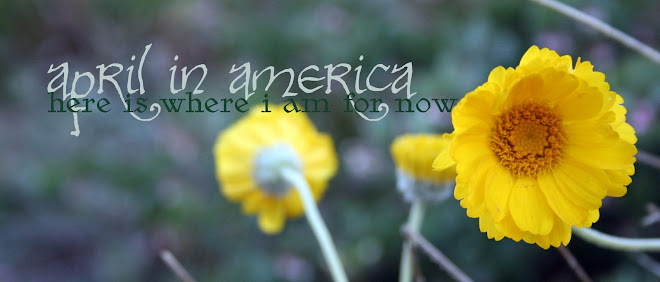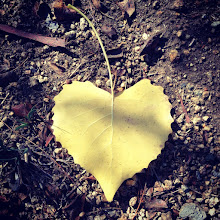Good plants, like clover, come out easily. As a leguminous plant, clover is good for the soil and a good pasture plant, even if it is often considered a weed in rose beds or lawns.
More insidious plants are nigh impossible to completely remove. I'm gardening for a lady at my church who is going blind. Her yard must have been beautiful once, but as she has reduced mobility and vision, she hasn't been able to keep up. We're going to make it blossom again but first i have to get rid of the choking things: an ivy that's ripping apart the fence. A morning glory vine that's taking over three back yards. Creeping grass. And then a nasty fern thing with thorns, red berries, and root suckers all over the place.
I always found plant rate of growth amazing in the tropics. If you cut a stick off a tree and put it in the ground, in rainy season, it will sprout a new plant. People are constantly cutting the grass, cleaning plants out of gutters, and clearing the ground in front of their houses. The trick is, it isn't only good plants that grow at that rate: unwanted vines climb up corn stalks and drag them to the ground. On the other hand, many Cameroonians i met knew the nutritional and medicinal value of plants that, to the uninitiated, look like mere weeds. They weren't cultivated, but they were plucked for use where they did sprout up. Like a spinach-like plant--it had purple flowers and grew in the lawn. I found out you can eat it. Steamed, it was very tasty.
Saturday, January 13, 2007
Subscribe to:
Post Comments (Atom)
birding life list (in process!)
- White-crowned Sparrow (Zonotrichia ?) in winter
- Western Wood-Pewee (Contopu sordidulus)
- Western Tanager (Piranga ludoviciana)
- Western Scrub Jay (Aphelocoma californica)
- Western Bluebird (Sialia mexicana)
- Tufted Titmouse (Baeolophus bicolor)
- Stellar's Jay (Cyanocitta stelleri)
- Sparkling Violetear (Colibri coruscans)
- Snowy Owl (Nyctea scandiaca)
- Snowy Egret (Egretta thula)
- Ruddy Duck (Oxyura jamaicensis)
- Red-winged Blackbird (Agelaius phoeniceus)
- Red-tailed Hawk (Buteo jamaicensis)
- Pied Crow (Corvus albus)
- Northern Mockingbird (Mimus polyglottos)
- Northern Cardinal (Cardinalis cardinalis)
- Mourning Dove (Zenaida macroura)
- Mallard (Anas platyrhynochos)
- male Superb Sunbird (Cinnyris superbus) i think
- Malachite Kingfisher (Alcedo cristata)
- Lesser Goldfinch, greenbacked (Carduelis psaltria)
- Lazuli Bunting (Passerina amoena)
- Indigo Bunting (Passerina cyanea)
- House Finch (Carpodacus mexicanus)
- Hooded Oriole (Icterus cucullatus nelsoni)
- Greater Roadrunner (Geococcyx califorianus)
- Great Horned Owl (Bubo virginianus)
- Great Blue Heron (Ardea herodias)
- Congo African Grey (Psittacus erithacus erithacus)
- Common Garden Bulbul (Pychonotus barbatus)
- Cinnamon Teal (Anas cyanoptera)
- Cattle Egret (Bubulcus ibis)
- Canada Goose (Branta canadensis)
- California Towhee, juvenile (Pipilo crissalis)
- California Thrasher (Toxostoma redivivum)
- Brown Pelican (Pelecanus occidentalis)
- Blue Jay (Cyanocitta cristata)
- Black-crowned Night-Heron (Nycticorax nycticorax)
- Black-capped Chickadee (Poecile atricapillus)
- Black Phoebe (Sayornis nigricans)
- Black Crowned Waxbill (Estralida nonnula)
- Bald Eagle (Haliaeetus leucocephalus)
- Anna's Hummingbird (Calypte anna)
- American Robin (Turdus migratorius)
- American Kestrel (Falco sparverius)
- American Goldfinch (Carduelis tristis)
- American Coot (Fulica americana)
- American Avocet (Recurvirostra americana)
- African Pygmy-Kingfisher (Ispidina picta)
- Acorn Woodpecker (Melanerpes formicivorus)


No comments:
Post a Comment